Advertisement
Who Was Johannes Kepler
Advertisement
Johannes Kepler, born on December 27, 1571, in Weil der Stadt under the Holy Roman Empire, emerged as one of history's most significant scientific minds. His birth came during the Reformation, a time marked by religious and military turmoil, in a region filled with small principalities. Kepler’s father, Heinrich, a mercenary, died when Kepler was just five, leaving his mother, Katharina, an herbalist, to raise him alone. Throughout his life, Kepler balanced the thin line between scientific progress and the looming threat of religious persecution. Yet, he left an indelible mark on science.
Childhood Challenges
Kepler's childhood was tough. He was often sick and struggled with weak hands and impaired vision due to smallpox. But even with these obstacles, he excelled as a student, showing a remarkable talent for solving mathematical problems. His mother shared her love for nature with him and introduced him to stargazing and lunar eclipses, sparking a lifelong fascination that would shape his future.

Advertisement
Studies
At 13, Kepler attended the seminary in Maulbronn and later went on to the University of Tübingen, where he studied theology and philosophy with the goal of becoming a minister. However, his exceptional talent in mathematics caught the attention of his professors. Kepler was noted for his ability to grasp and work with the ideas of Nicolaus Copernicus, who proposed that the Sun, not Earth, was at the center of the universe. This interest in astronomy grew, and by age 23, he became a lecturer in astronomy and mathematics in Austria.

Advertisement
Mysterium Cosmographicum
In 1595, Kepler met Barbara Müller, a twice-widowed heiress, and the daughter of a prosperous mill owner. Initially, Müller’s family opposed the match due to Kepler’s financial situation, but his publication of Mysterium Cosmographicumin support of the Copernican heliocentric model changed their minds. The couple married in 1597. During this period, Kepler's ideas faced opposition from both Martin Luther and the Catholic Church, as the heliocentric model was considered heretical. To avoid persecution, Kepler and Barbara often coded their communications.
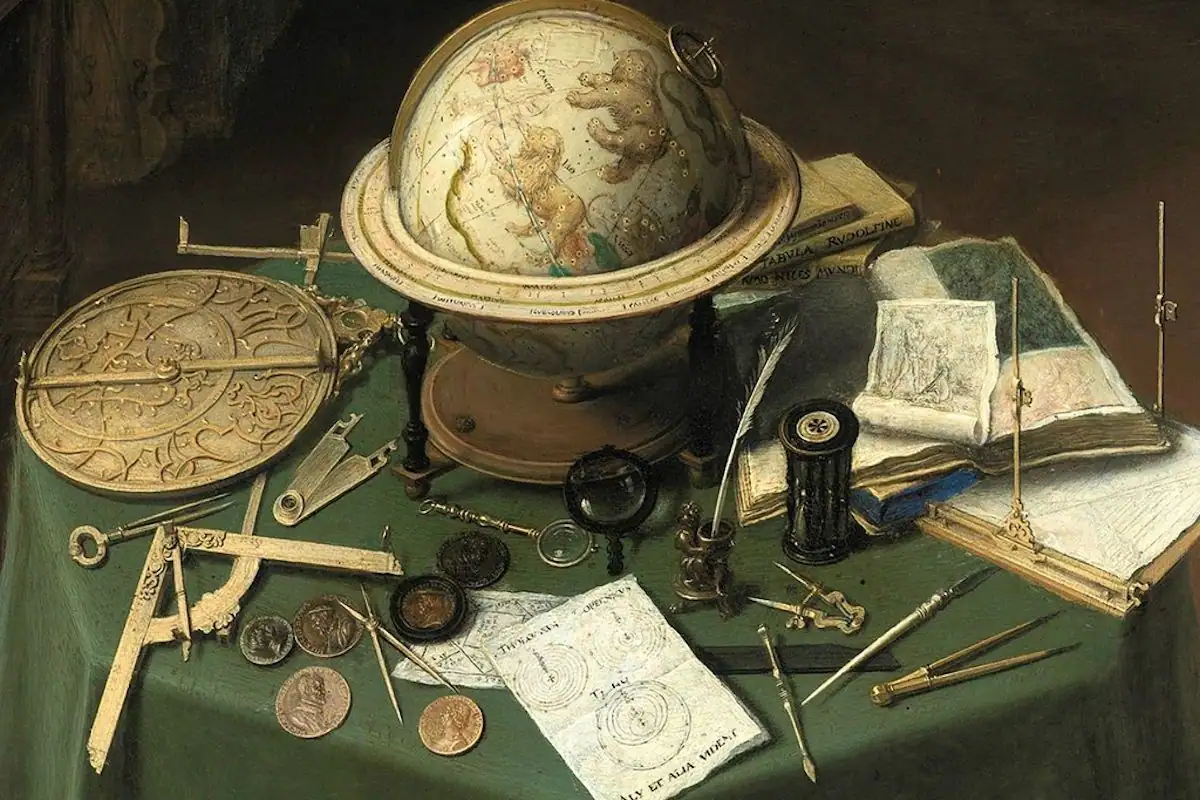
Advertisement
Tycho Brahe
Seeking deeper insights into planetary motion, Kepler reached out to Tycho Brahe, a wealthy Danish noble and Imperial Mathematician in Prague, who had an observatory for studying planetary paths. In 1600, Brahe invited Kepler to join him as an assistant but kept some of his research private. Kepler was tasked with studying Mars—a project that provided the missing puzzle piece he needed. When Brahe died in 1601, Kepler succeeded him as Imperial Mathematician and gained full access to Brahe’s detailed notes, which were instrumental for his most famous findings.
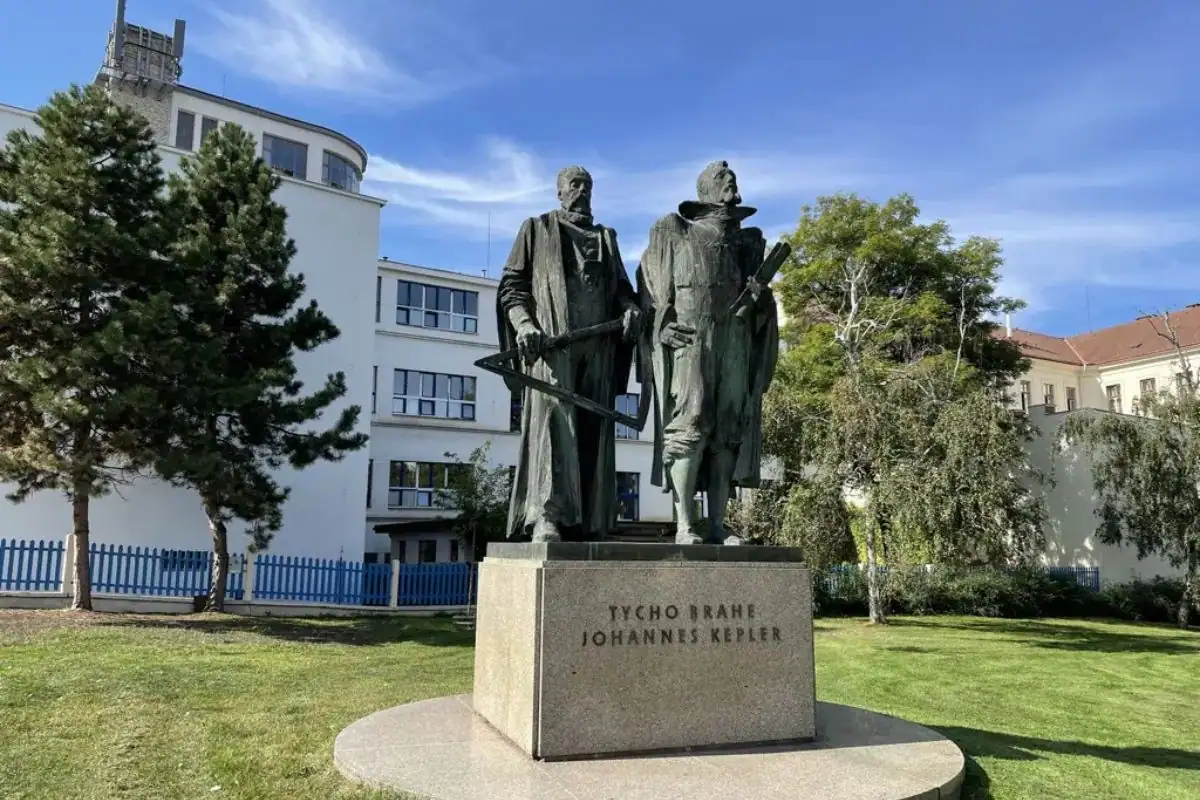
Advertisement
Kepler's First Law
Kepler’s First Law of Planetary Motion, published in 1609, states that planets move in elliptical orbits with the Sun at one focal point. This was groundbreaking, as it departed from the long-held belief that planets moved in perfect circles. The law is expressed mathematically as r=p1+ϵcosθr = \frac{p}{1 + \epsilon \cos \theta}r=1+ϵcosθp, where ris the distance from the Sun, pis the semilatus rectum, and εis the ellipse’s eccentricity.
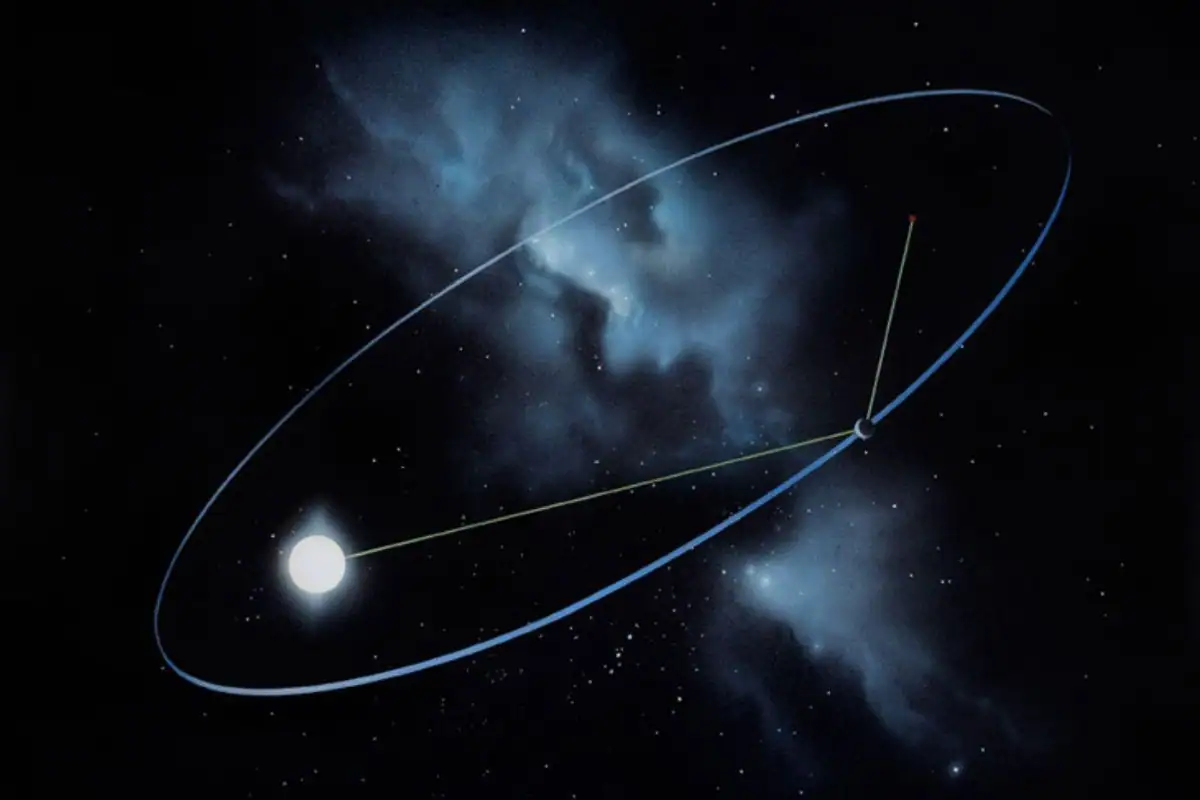
Advertisement
Kepler's Second Law
Soon after, Kepler introduced his Second Law of Planetary Motion. This law, sometimes called the Law of Equal Areas, states that a line drawn from the Sun to a planet sweeps out equal areas in equal times. This means that planets travel faster when closer to the Sun and slow down as they move farther away. This insight helped explain the varying speeds of planetary motion.
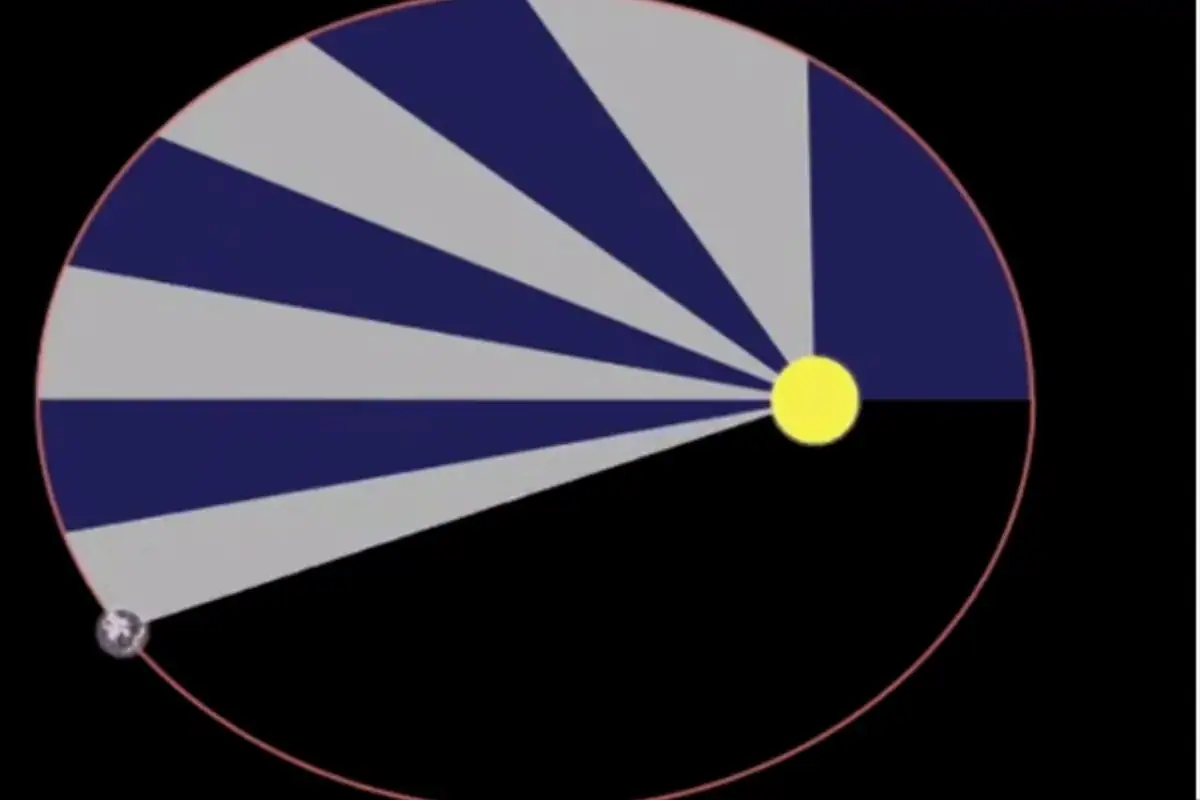
Advertisement
Kepler's Third Law
In 1618, Kepler presented his Third Law of Planetary Motion. This law explains the relationship between the distance of a planet from the Sun and its orbital period. Specifically, it states that the square of a planet’s orbital period is directly proportional to the cube of its average distance from the Sun. This law applies to all planets and further cemented Kepler's position as a leading astronomer.
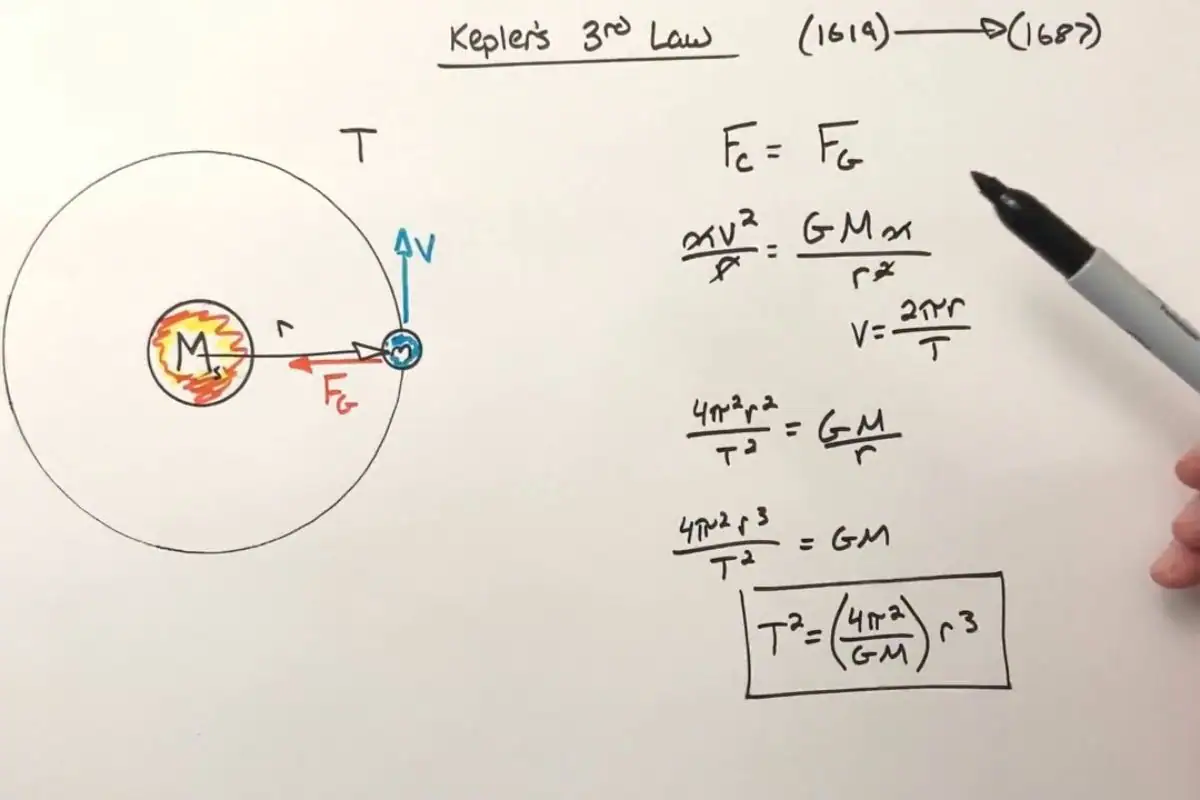
Advertisement
His Final Years
From 1615 onwards, Kepler faced personal challenges when his mother was accused of witchcraft. After five years of legal battles, Kepler successfully defended her, securing her release, though she passed away soon after due to the ordeal. In 1626, Kepler and his second wife, Susanna, fled Linz, Austria, with their children because of the Thirty Years’ War. Kepler continued publishing, with his last significant work, Tabulae Rudolphinae(1628), expanding on Tycho Brahe’s observations and creating planetary tables. Kepler passed away on November 15, 1630, after falling ill during a journey.
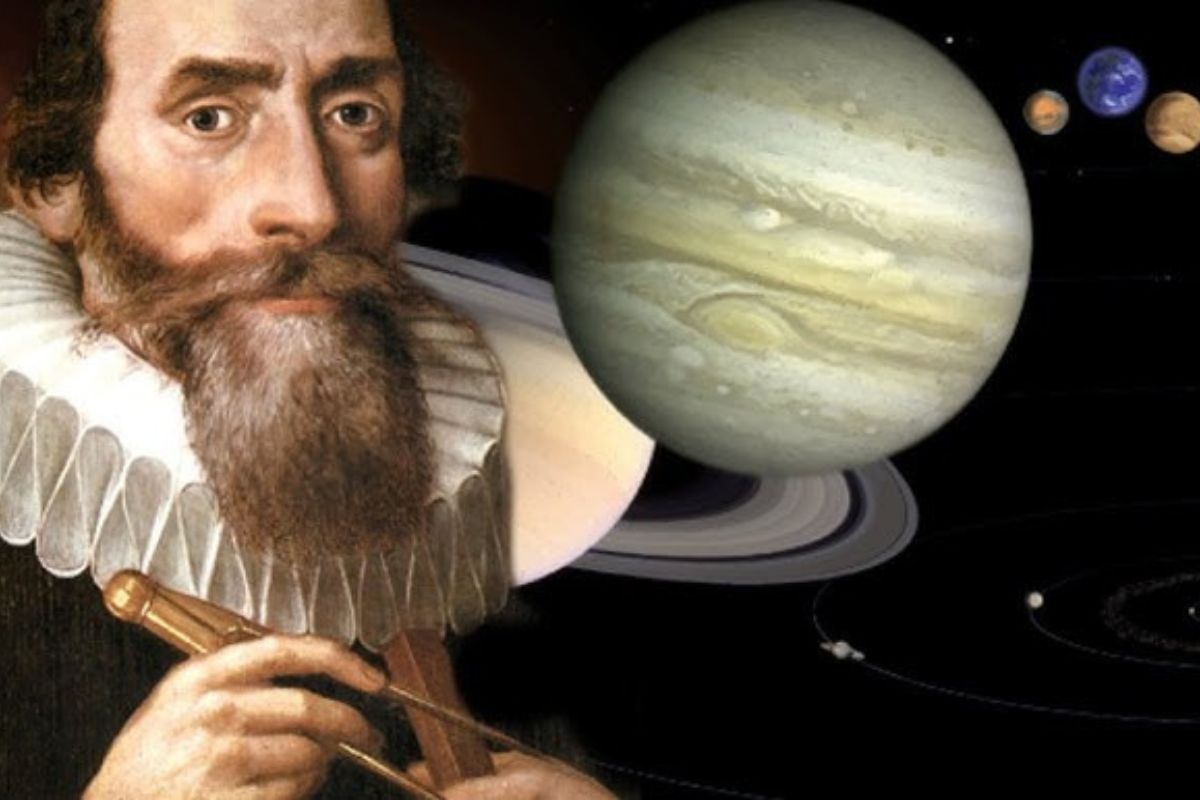
Advertisement
Optics Invention
Besides his contributions to astronomy, Kepler was also an inventor. In 1611, he designed the Keplerian Telescope, improving on Galileo’s original model. By using a convex lens instead of a concave one, Kepler’s design allowed for a wider field of view and greater magnification, enhancing astronomical observations.
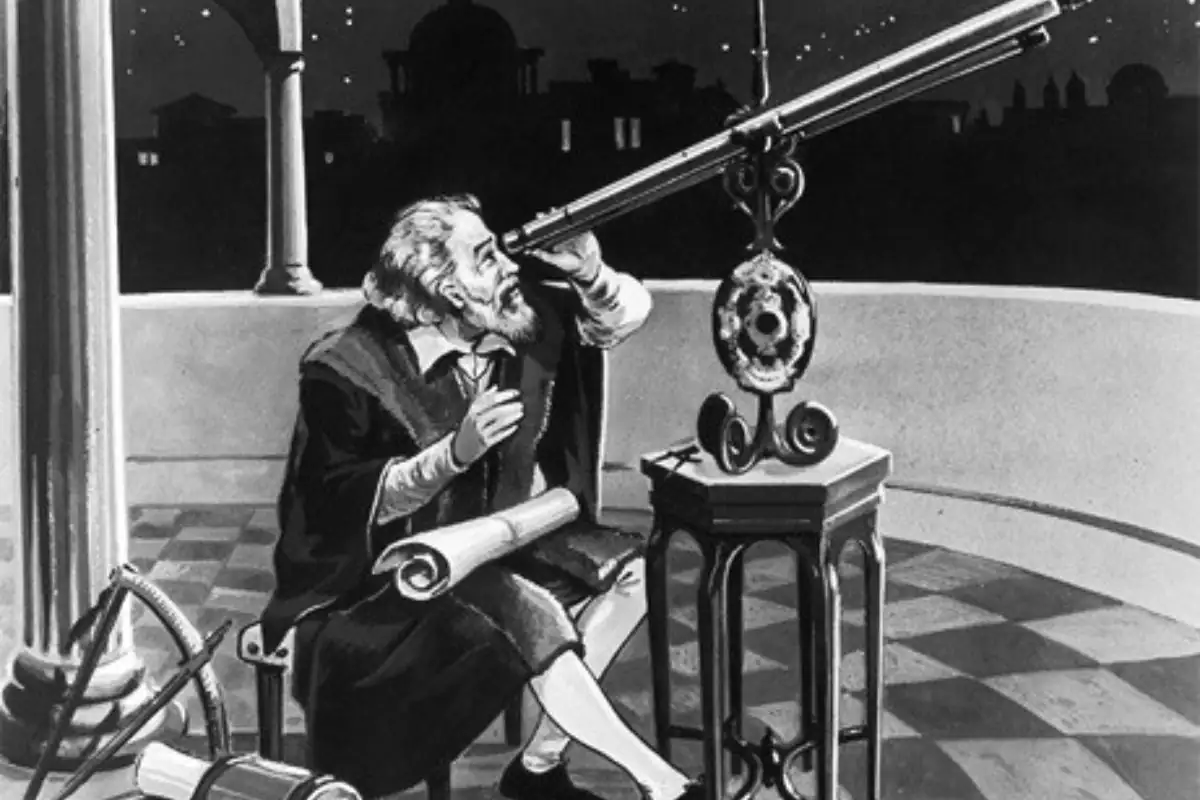
Advertisement
Influence on Isaac Newton and Edmond Halley
Kepler’s legacy inspired future scientists, including Sir Isaac Newton and Edmond Halley. Newton’s Laws of Motion and Universal Law of Gravitation provided a physical explanation for Kepler’s empirical findings. Halley, using Kepler’s Laws, calculated the orbits of comets, including the one named after him, Halley’s Comet. Kepler’s work laid the foundation for modern astronomy and continues to inspire scientific exploration.

.png)




